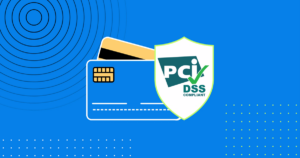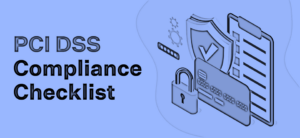Optimizing User Experience: Importance of Mobile App Performance Optimization
In the fast-paced world of mobile app development, creating a visually appealing and feature-rich application is just the beginning. Ensuring optimal performance is equally crucial for retaining users and staying competitive in the market. In this blog post, we’ll delve into the importance of mobile app performance optimization, explore the impact it has on user experience, and provide practical tips and best practices for developers to enhance app speed and responsiveness.
Introduction to Mobile APP Performance Optimization
Mobile app performance optimization is not a luxury; it’s a necessity. Users have come to expect seamless and swift experiences from their mobile applications. A lagging or unresponsive app can result in frustration, abandonment, and negative reviews. To avoid these pitfalls, developers must prioritize performance optimization throughout the development lifecycle.
The Impact of Performance on User Experience
Considering the availability of high speed internet connectivity almost everywhere in the world it becomes crucial for app developers to understand the impact and importance of mobile app performance optimization. Let us now delve into the impacts of performance for your users.
User Retention:
In a world where countless apps vie for user attention, first impressions matter. A slow or buggy app may discourage users from exploring further, leading to high bounce rates and low retention.
User Satisfaction:
Users expect apps to respond quickly to their inputs. A sluggish app undermines the user experience, diminishing overall satisfaction and potentially tarnishing the app’s reputation.
Conversion Rates:
For apps with transactional features, such as e-commerce or financial services, performance directly impacts conversion rates. Users are more likely to complete transactions on a fast and reliable platform.
Competitive Edge:
In a competitive market, performance can be a key differentiator. Apps that load faster, respond promptly, and consume fewer resources gain a competitive edge and are more likely to be favored by users.
Practical Tips for Mobile App Performance Optimization
Now that we understand the importance of performance, let’s explore practical strategies for optimizing mobile app performance:
Efficient Code and Resource Management:
- Optimize code to eliminate unnecessary processes and reduce execution time.
- Compress images and multimedia files without compromising quality to minimize the app’s overall size.
- Utilize lazy loading for images and content to improve initial load times.
Caching Mechanisms:
- Implement caching strategies to store frequently accessed data locally, reducing the need for repeated network requests.
- Leverage browser caching for web-based apps to enhance loading times for returning users.
Asynchronous Operations:
- Utilize asynchronous programming to enable parallel execution of tasks, preventing the app from becoming unresponsive during resource-intensive operations.
- Implement background tasks for non-essential processes to enhance the user experience while maintaining app responsiveness.
Optimize Network Requests:
- Minimize the number of API calls and optimize the payload size of requests.
- Use efficient data formats, such as JSON instead of XML, and consider implementing data compression techniques.
- Implement a robust error-handling mechanism for network requests to prevent app crashes due to connectivity issues.
Continuous Performance Monitoring:
- Integrate performance monitoring tools into the development process to identify and address performance bottlenecks.
- Regularly conduct load testing to simulate various usage scenarios and ensure the app can handle peak loads without compromising performance
.
Utilize Content Delivery Networks (CDNs):
- Leverage CDNs to distribute static assets closer to the user, reducing latency and accelerating content delivery.
- Implement CDN services for image and media files to optimize loading times across diverse geographical locations.
Conclusion
Mobile app performance optimization is not a one-time task but an ongoing process that requires diligence and continuous improvement. By prioritizing efficient code, implementing caching mechanisms, optimizing network requests, and utilizing performance monitoring tools, developers can create apps that not only meet user expectations but exceed them.
Remember, user experience is at the core of app success. Investing time and effort in performance optimization pays off in the form of satisfied users, positive reviews, and a competitive advantage in the market.























